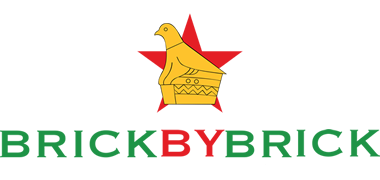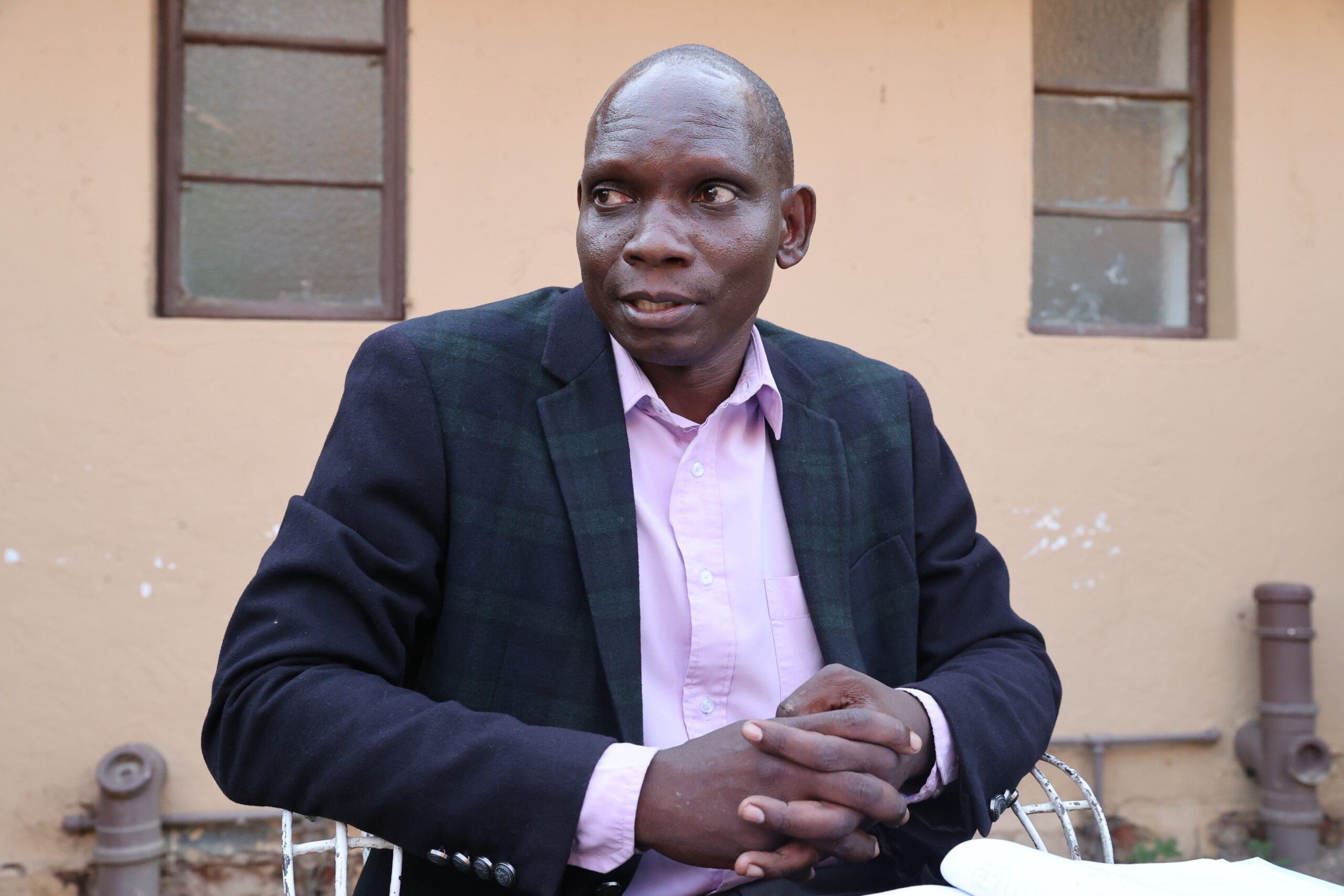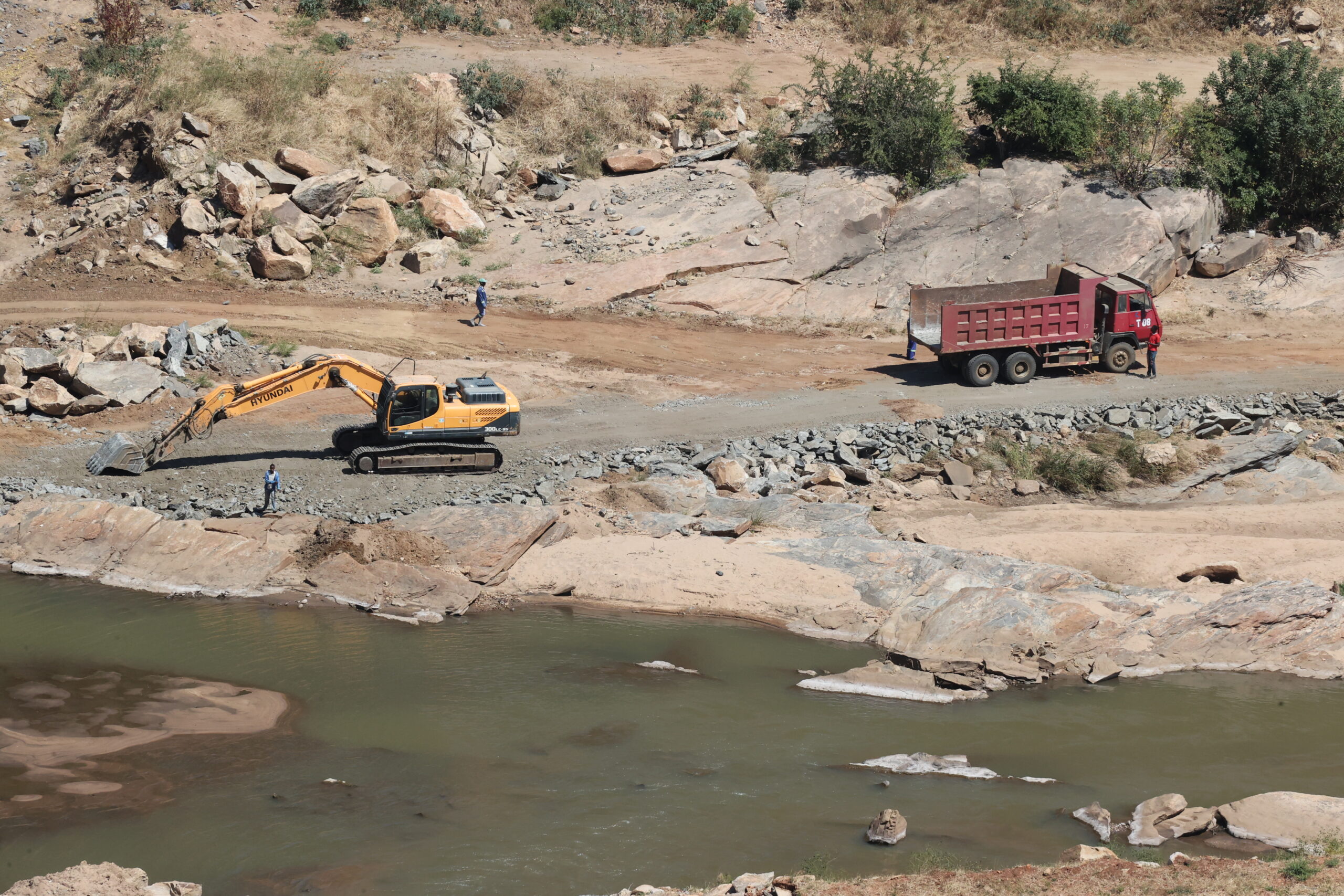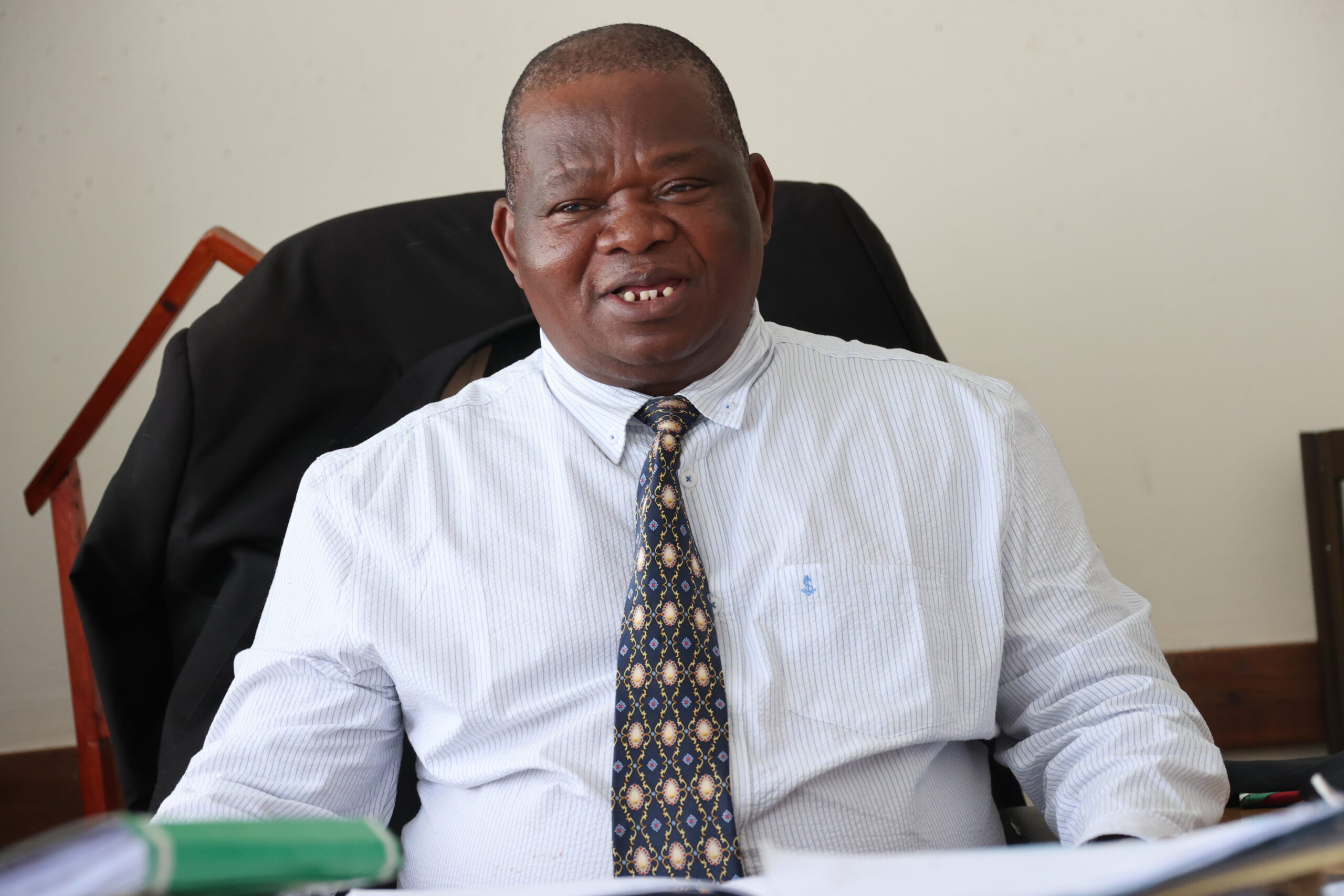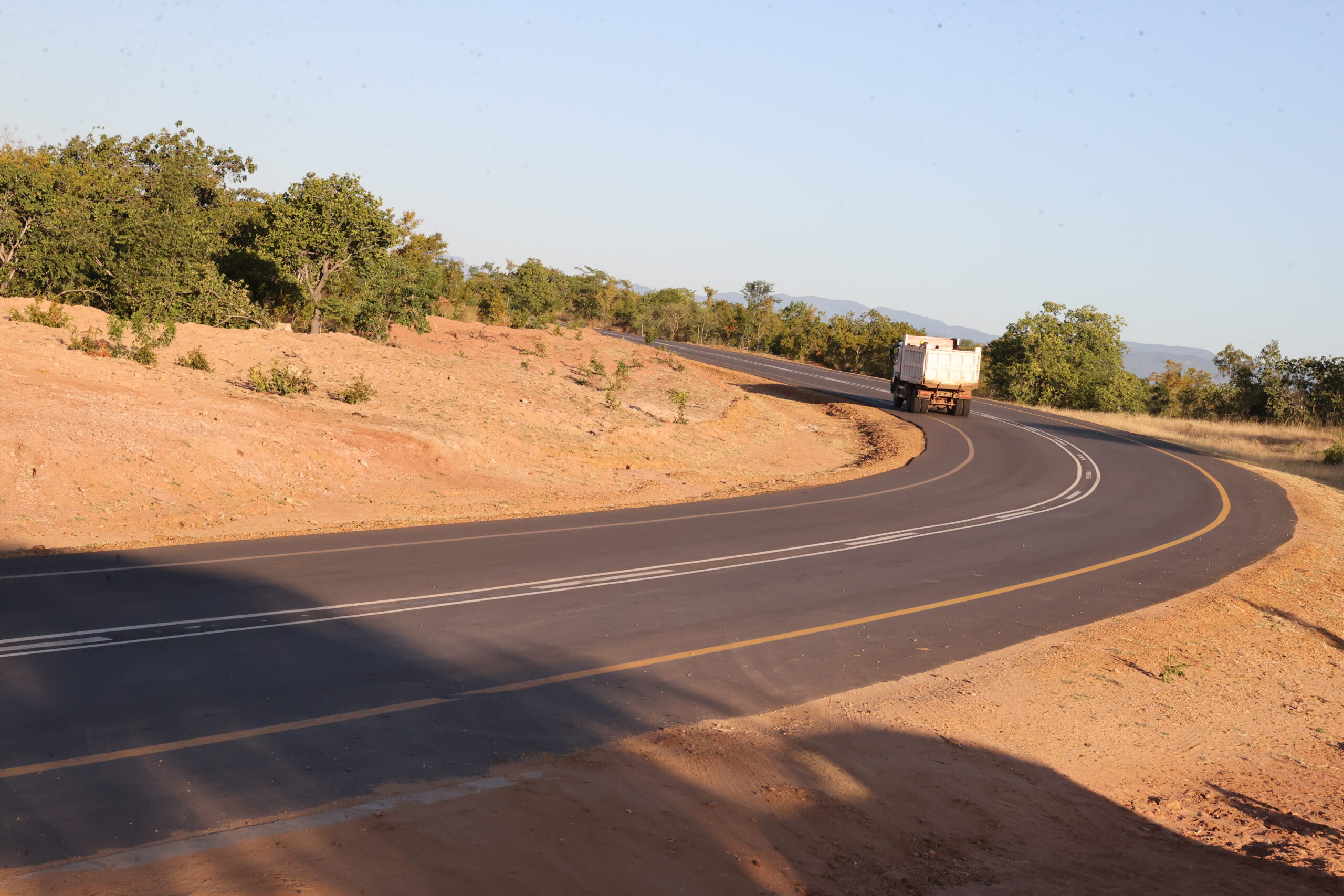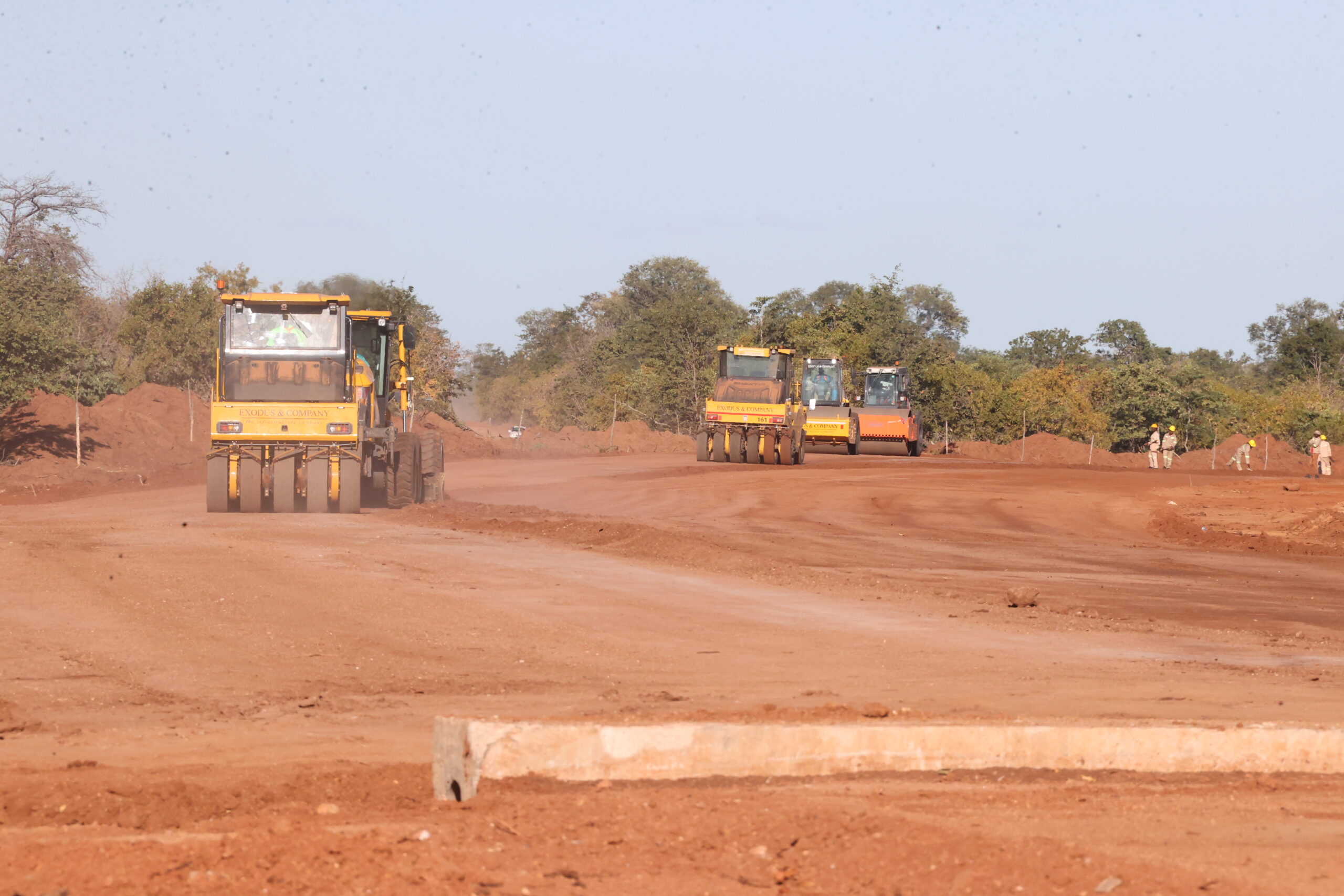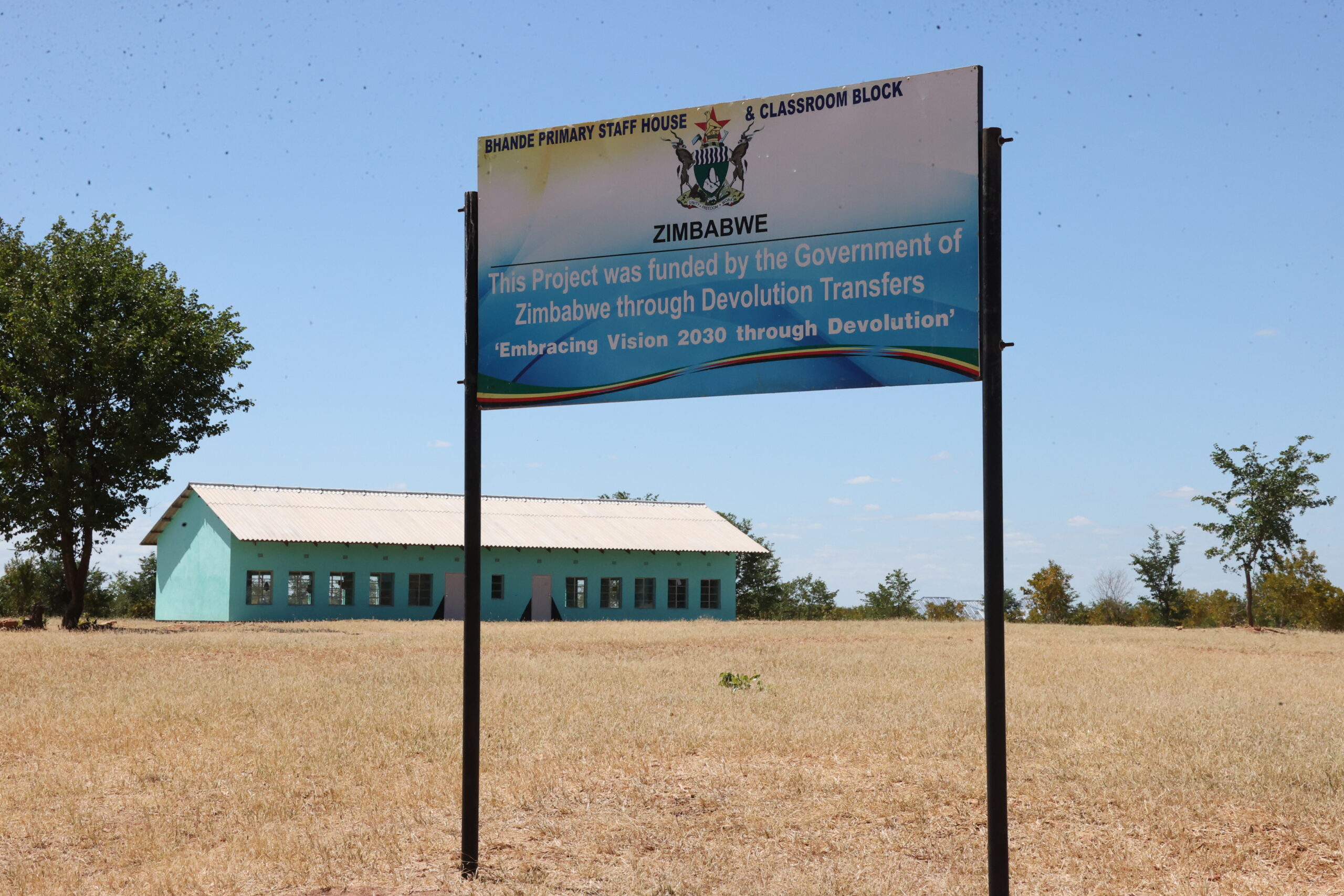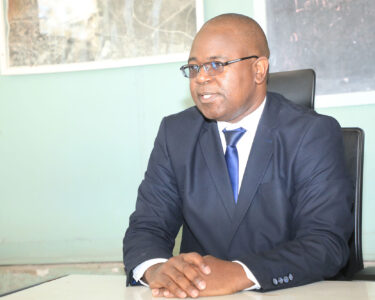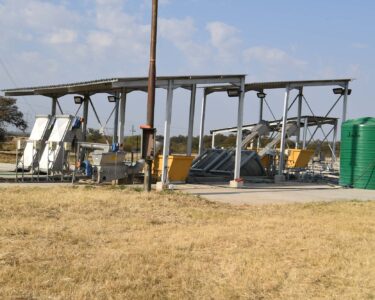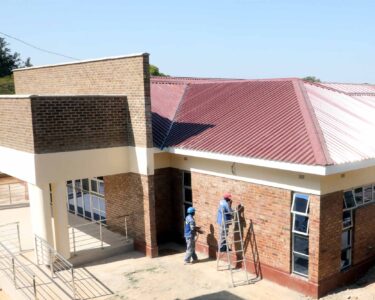Tucked high up on the roof of the country, Mashonaland Central Province is predominantly rural but the devolution policy introduced by the Second Republic is changing the fortunes of the province and its people. Levi Katambarare, Mash Central’s Director of Economic Affairs and Investment based at the provincial capital, Bindura, testifies that “a lot has happened in this province in terms of economic development since the advent of the Second Republic. We have implemented 172 projects, which cut across all sectors of the economy. And out of the 172 projects, 115 has been completed and people are benefiting from them. So you can say we have finished more than 67% of the projects.” That is good news by any measurement. Levi Katambarare was interviewed in Bindura by our Managing Editor, Baffour Ankomah.
Q: To start us off, give us the profile of the Mashonaland Central Province?
A: The province is made up of 8 districts: Bindura, Muzarabani, Rushinga, Mbire, Mazowe, Mount Darwin, Guruve, and Shamva. We have 10 local authorities, including two urban local authorities – Bindura and Pfure. Population-wise, we are 1.3 million people.
Mashonaland Central is agricultural based. Our growth, in terms of GDP, is mostly driven by agriculture, which is followed by mining and some bit of tourism. Those are the drivers of our provincial economy. We grow maize, tobacco, cotton.
Long back, some of our mining companies closed down but many of them have since been resuscitated: Eureka Gold Mine in Guruve; Ran Mine in Bindura, Shamva Gold Mine, Freda Rebecca Goldmine, Trojan Nickel Mine. Now we need to set up processing plants to add value to the raw minerals we are producing in this province, because at the moment we are exporting the raw ores. To us, the mining companies are exporting jobs and value.
Q: If you are to give an overview of what has happened in this province under the Second Republic, what would you say?
A: A lot has happened in this province in terms of economic development since the advent of the Second Republic. Through the Devolution Agenda, we have managed to implement about 172 projects, which cut across all sectors of the economy.
We have built water and sanitation, education facilities, health facilities, roads, and even energy. So we have done much. Out of the 172 projects, we have completed 115, and people are benefiting from them. So you can say we have finished more than 67% of the projects. Some of them are ongoing because they are current projects.
In the education sector, we have built schools, especially classroom blocks. Three of the primary schools are in Mbire District. It is a new district and therefore the least developed among the 8 districts we have in the province. So more of our resources are directed to develop that district.
We have also completed 25 piped-water schemes. Our aim, like the national vision, is to turn Mashonaland Central Province into an upper middle-income society by 2030. So we need to provide potable water to everyone, especially tap water. So we have come up with these piped-water schemes, 25 of them so far.
One piped-water scheme can serve more than 4,000 households. So we have put water taps in every village which is now served by such water schemes. These are common piped-water stands for the whole village, not individual taps in every home. The boreholes are solar-powered and have the capacity to carry water to other villages.
Q: In some of the provinces we have gone to, the provincial administrations work closely with the private sector. Is it the same here?
A: We chair the Provincial Development Committee and the stakeholders include everyone – ministries, departments and agencies, local authorities and even the private sector and NGOs.
So we have come up with a Provincial Economic Development Plan, and every economic activity happening in the province is included in that plan. All the projects that we think we can implement to propel the province into an upper-middle-income society is there. So it is inclusive of everyone, especially the private sector. The mining companies that I talked about are private sector entities.
Q: Are there any new projects in the mining sector, ie, expansions or even wholly new mining entities, you can talk about?
A: Yes, Shamva Mine was closed down but it was resuscitated three years ago. So it is relatively new. The Eureka Gold Mine was also closed down in 2000, but it was resuscitated two years ago.
We have also the Ran Mine which was resuscitated two years ago. We also have the Trojan Nickel Mine which is now expanding to the Kingston Hill area where they have found some new deposits of nickel. It is about 4 km away from the current operations at Trojan. So a lot is happening. We feel that if all these mines operate at full capacity, our provincial GDP and even the national GDP will go up, and employment creation will be positively affected.
Q: What has been the impact of the 115 completed devolution projects and the resuscitation of the mines been on the people of this province?
A: You know in the past the planning part of projects was done centrally, by the central government. Devolution brought the management and implementation of these projects to the local level, so it’s now community-based. Governance is also now community-based.
So all the projects that we are talking about, especially under devolution, comes from the community. They are involved in the planning stages and even the implementation part of it. So they prioritised projects that have impact on their lives.
I talked about the piped-water schemes. People used to walk long distances to fetch water, and sometimes that would be dirty water from rivers, but now they are getting water from boreholes. So that is good, especially for the girl child because in our culture, girls and women are the ones who fetch water and prepare the food, and if they are girls it affects their time of going to school.
We have also a number of key projects that are being implemented in the province, especially in the provision of water for commercial purposes. Out of the 12 major dams that are being built in the country, four of them are in Mash Central Province.
We have the Semwe Dam in the Rushinga District, and the Dande Dam in Guruve. Down in Mbire they are digging a tunnel to provide water to Mbire Town because it is a dry place which has a vast arable land that is not being used. So we feel if water is provided, it will trigger commercial farming in the area.
We also have the Mbada Dam or Silverstone Dam in Muzarabani to provide water to people in both Muzarabani and Lower Muzarabani. We also have the Bindura Dam about 5 or 6 km away from here, which will provide water to Bindura Town and the surrounding commercial farmers.
There is also the Arcadia Dam in Bindura, which is now completed. There are some tourism activities happening there. These dams I have talked about also have components of hydroelectricity attached to them, so that we can generate electricity for the surrounding communities and also to feed into the national grid.
We have also identified a 50-hectare area for a solar-generating plant to generate electricity to power our mines and agriculture, and export the surplus to other provinces. We are thinking that by 2025, the end of the National Development Strategy 1, we must be sufficient in power.
It is the private sector that is going to do the solar project. We are working on the financing model, but a number of interested partners are coming in because when we visited Dubai last year, we marketed our province and a number of interested private sector entities expressed their willingness to fund these projects.
Q: You spoke earlier about the Provincial Development Plan, what are some of the highlights?
A: You know the National Development Plan has 14 priority areas, and we feel that if these 14 priority areas are addressed, the Vision 2030 national plan will be achieved. As Mash Central, we are looking at our resource endowments and we thought we may not be able to implement everything at one time, so we should prioritise.
As a result, we have identified 6 priority areas. Food and nutrition security is our pillar, then inclusive growth where we are including these mining companies is the second pillar. We also have housing development because we have a deficit, we need 119,000 housing units. We feel that by 2025 we must have sufficient housing units to alleviate the housing challenges we have in the province. So we are busy identifying land for these projects.
The other priorities are environmental management. This is also key to us because siltation is causing havoc to our rivers and water bodies. We are a tobacco-growing province and as such farmers use trees for curing tobacco, and if we don’t act, we may be creating a desert even though the Forestry Commission is encouraging the planting of trees.
So we feel we must manage the environment. If you see some of our rivers, if you go to the Mazowe River for example, you will see dirty water flowing, it means there is gold panning somewhere and that must be managed. For sustainability, we must manage the resources we have.
Q: People in your position in other provinces have spoken glowingly about devolution. From your own standpoint, what do you think about devolution as a policy?
A: Devolution is the way to go because it is bringing the management of resources, the planning of resources, the governance of provinces, even districts, to the people. It means some powers and funds have been transferred to the local people, which means they involved in the planning and the implementation of the projects. It means the central government is not just imposing projects on people, but people are coming up with their own projects.
Long back, it was up down. But now it is a bottom-up approach, because it is the people who come up with whatever they want to implement in a particular area in a particular district. This then feed into the province and then the national.
I think so far, we have had 1.2 billion Zim dollars released by central government to local authorities in the province because 5% of the national cake is devolved to the people. So that’s the money that goes to fund the projects they prioritise.
Q: The President is always talking about value addition. How is Mash Central faring in that regard?
A: It was a challenge because as a province, we were producing resources for other provinces, especially Harare – maize was going to Harare, gold was going to Harare, any resource was going to Harare. Cotton was going to maybe Mash West for processing, and soya beans, you name them.
So these days we are encouraging companies in this province, especially SMEs, to add value to their raw materials before exporting to other provinces or abroad. And they are coming up with plans, for milling maize, packaging them, and then exporting them as finished products so they can realise more profit.
What we are saying is that where the raw materials are extracted or produced, a plant must be put there, so that people will realise much from whatever they are producing.
Q: What are some of the challenges that this province is facing.
A: Maybe I should say how the devolution funds are being released is not constant. You may plan, but sometimes funds are released haphazardly. You plan that you want to start this project this year, but the money does not come on time because the Treasury also priorities the release of funds.
Let’s say there is hunger somewhere in the country, the Treasury will prioritise for people to have food first before a project that is taking place in some province. They come up with cashflows that on this day money is going to come to Rushinga District but it may not come and that affects the implementation and completion of projects. And because of the inflationary problem in the country and the exchange rate violatility, any delay in implementing a project becomes a serious issue as inflation eats up the money. That’s why sometimes projects are not completed on time.
Q: You spoke about investment opportunities in this province. What are some of these opportunities?
A: We have so many of them, especially in the tourism sector. We need to develop our tourist attractions so they appeal to visitors. We have the Umpfurudzi National Park as one of our tourist attractions. We also want to develop a smart city in the Kanyemba area in the Mbire District.
We also want to develop a smart city in Mbire, Kanyemba area. That one is closer to the Zambezi River. There is also wildlife there. Elephants, lions, you name them. We are also implementing the Harare-Kayemba Road, which should trigger a lot of developmental projects along the way. That route alone is going to shorten the distance to Central Africa by 600 km. In fact, it will be the shortest route to Lusaka and Central Africa. It means most of the trucks that currently go to Zambia and Central Africa via the Chirundu border post are likely to pass through the Kanyemba area.
So that area is going to be developed into a smart city and the plans are already advanced. Even aerodromes have already been built there because there are a lot of scenery and natural attractions in the area. There are trees that are turning into rocks there. There are also dinosaur spoors in that area.
Another major challenge facing Mash Central is that we don’t have big hotels in the province. So we want to develop a big conference centre that can accommodate more people. The only big hotel in the province is Mazowe with 95 rooms. The others are very small.
When we held the 43rd Independence Day celebrations in Mount Darwin on 18 April, most people came from Harare and all the lodges in the neighbourhood was full. So people had to come directly from Harare without passing a night in the province. We want to change that by encouraging the establishment of bigger hotels in the province.
Even ourselves, the provincial administration, when we want to hold big conferences, as a province, we go to other provinces because we don’t have the hotel or conference facilities to hold such a conference in the province.
Q: Let’s take you back to Kanyemba. This is where the borders of Zimbabwe, Zambia and Mozambique meet. It is an interesting place, but when you go there you get a shock of your life. If you want, say, ice, you have to cross to Zambia. There are no shops on the Zimbabwean side. Everything happens on the other side. How far are you as the provincial administration, in terms of the smart city you were talking about?
A: So far the plans, the site plans and all those things, are not yet completed. We also have other schemes around the area apart from the smart city. For instance, there is an irrigation scheme coming up there. The land has been cleared and centre-pivots provided. What is left is the master plan for the smart city.
Q: So this road that will cut down 600 km from the distance to Lusaka and Central Africa, when is it starting? It is an exciting project.
A: It actually started last year. We have the Exodus Company that is working on the road – from Harare to Kayamba. So far, I think they are in Mahuhwe or closer to Mushumbi. And there are plans that they must have 4 teams working on the road. One will start from Kanyemba, one will be in the middle, one starting from Harare, and the one currently at Mushumbi will do that middle stretch. So that they work on different portions of the road to speed up the work.
We also have the Dotito-Mukumbura Road which is also under construction. The Mukumbura Border Post is also under development to expand it, to link Mashonaland East Province with Mozambique’s Tete Province. The other side is tarred from Tete to the border on the Mozambique side.
The Dotito-Mukumbura Road is also a key road because it is going to link Zimbabwe to Mozambique, especially to the Tete Province. And it is going to boost trade between the two countries.
We also have another road, the Nyakazikana-Karanda Road where a new bridge has been built to replace the old one which was washed away by floods. That was commissioned by the President. It will also cut the distance from Kanyemba.
There is a referral hospital at Kanyemba and most people from Karanda go there. Sometimes they used a longer route because there was no bridge. So the bridge was built and the road is under construction. That one has contractors working on it and by the end of the year we will have a completed road. People from Mutare, Bulawayo and Harare also go to Karanda and this road will shorten the distance for them.
Q: Is there anything you want to say that we haven’t discussed.
A: Maybe I would want to say that a lot has been done by the Second Republic in terms of development, especially in terms of the provision of infrastructure and facilities, especially in remote areas. In Angwa in Mbire, there is a school. People in Angwa used to go to school in Mozambique from the Zimbabwe side, but now schools have been built in such places.
Between Mahuhwe and Mushumbi, there is now a primary school called Pande, it is about 12 km from the nearest school, so the little ones could not get to that school. So the Pande Primary School, including staff quarters, has been built for such people. So a lot has taken place and people are enjoying the benefits.
We have also capacitated our local authorities with equipment like graders, payloaders, tipper trucks, even borehole drilling rigs, so that they can maintain roads and do such economic activities at the local level. And all these were purchased through devolution funds. So devolution has been good for us and our communities.
CAPTIONS
Pic 1:
Levi Katambarare, Mashonaland Central’s Director of Economic Affairs and Investment based at the provincial capital, Bindura, says devolution is the way to go because it is bringing the planning and management of resources, and the governance of provinces and districts to the people.
Pic 2:
The beginnings of the construction of the Semwe Dam over the Ruya River, to provide water for both domestic and agricultural use in the dry Rushinga District of Mash Central.
Pic 3:
Work has started on the 365 km Harare-Kayemba Road, which should trigger a lot of development projects along the way. The route is going to shorten the distance to Central Africa by 600 km, and will be the shortest route to Lusaka and Central Africa. The Exodus Company which is working on the road has started work from Mahuhwe to Mushumbi
Pic 4:
Part of the completed Harare-Kayemba Road between Mahuhwe and Mushumbi. When completed, most of the trucks that currently go to Zambia and Central Africa via the Chirundu border post are likely to pass through the Kanyemba area.
Pic 5:
Construction of the Kayemba Road arrives at Mushumbi, from Mahuhwe, which means good progress is being made
Pic 6:
Between Mahuhwe and Mushumbi, a new primary school has been built at Pande to service school-going children in the area who had to walk 12 km to the nearest school. Now, not any more

